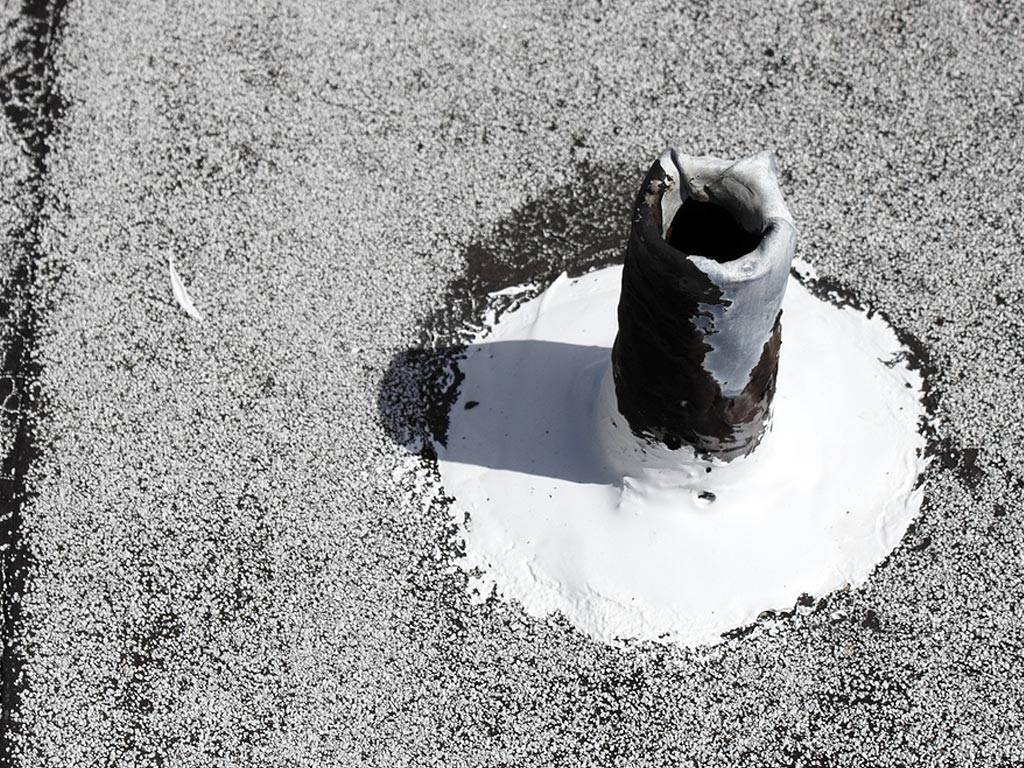All homes contain critical vertical pipes known as plumbing vents, which pass upward through your home and out through the roof. Plumbing vents serve indispensable roles, and a blocked plumbing vent can be a serious issue. They give your plumbing system the access to open air that is necessary to ensure proper drainage. Without proper venting, water struggles to move out of your home.

Plumbing vents also provide a safe outlet for the venting of unpleasant sewer gases. These gases sometimes manage to pass into your home through the water main and would lead to terrible indoor odors without the help of your plumbing vents. Of course, if a plumbing vent becomes blocked or clogged, it may fail to perform either of these key duties.
Unfortunately, many homeowners do not know how to recognize the typical signs of a blocked plumbing vent. If you would like to improve your skills at diagnosing common plumbing issues, keep reading. This article takes a closer look at three clear signs that you may be dealing with a blocked plumbing vent.
Bubbling Toilet
A plumbing vent operates according to the principle known as displacement. In other words, air naturally fills up vacant portions of pipes. Each time you turn on the faucet or flush a toilet in your home, the force of moving water pushes the air out the plumbing vent into the atmosphere.
If your plumbing vent has become blocked, this air will not have anywhere to go. Instead, it will seek alternative paths out of your plumbing system. The most common place for such air to turn up is inside your toilet bowl. If you have noticed that your toilet starts to bubble each time you turn on a tap or start up the shower, you may need to hire a professional to take a look at your plumbing vents.
Noxious Odors
Obstructions in a plumbing vent do not just prevent air from leaving your house. By a paradoxical sort of logic, those same obstructions can lead to air getting sucked into your home from the sewer. To understand why this is, you must understand the important role played by the P-traps in your plumbing system.
P-traps can be found on the pipes leading to most of the plumbing fixtures in a home. These traps are designed to prevent sewer gases from getting into your home by maintaining a constant supply of water in the P-shaped section of pipe. But when you have a blocked plumbing vent, the pressure in your system increases — often to the extent that it draws all the water out of a P-trap.
This unwanted displacement leaves your pipes vulnerable to any gases rising up from above. If you have begun to smell inexplicable foul odors in your home, you can be sure that one or more of your P-traps have ceased to function correctly.
Slow Drainage
As noted above, obstructed plumbing vents wreak havoc on the pressure inside of your home’s plumbing system. Instead of moving out of your home through the vent, any air trapped in your pipes will remain there. This makes it much more difficult for water in your toilets, sinks, and bathtubs to drain away.
When confronted with a slow drain, most people assume that the culprit is a blocked pipe. Yet if you have also noticed either of the two symptoms outlined above, there is a good chance that the real problem has to do with a blocked plumbing vent.
If you have reason to suspect that one or more of your home’s plumbing vents are experiencing some form of blockage or restriction, you must seek professional assistance as soon as possible. Please contact Aladdin Plumbing.
